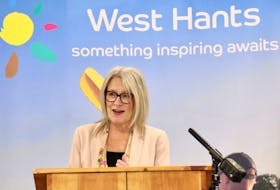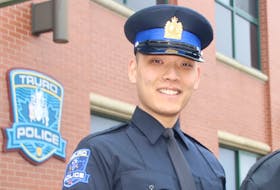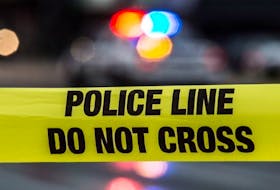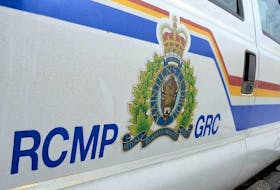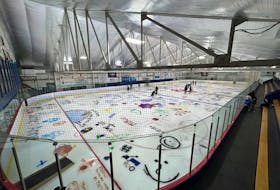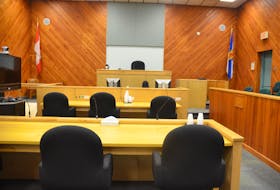One of the earliest records show bowling lanes were located in a building that was once a factory owned by Joseph B. Wyman. In 1866, the old factory building became the home for the Prince of Wales Lodge and, sometime later, housed bowling lanes and a drill hall. Apparently, the building was located on Main Street and no longer exists (it may have been on Main Street in Milton but unfortunately no further information has been found).
After 1900, it seemed common that a barbershop would also house a poolroom and a few bowling lanes. This was the case for a business on Market Street owned by Ross Harding. I had interviewed Mr. Harding’s son, Max, in the 1990s and he had given me some insights into what his dad’s business looked like inside back then.
Ross Harding’s business had three barber chairs, three pool tables and there were two bowling lanes in the rear section. This was located in the building on Market Street, next to the old Liverpool post office, which is the site of the present post office.
Max Harding remembered that around 1915, on his way to school, he would stop at his dad’s business to do some cleaning. After Ross Harding died in 1943, the business was sold to Max Wharton. He operated the barbershop and poolroom, but it is not known when the bowling lanes ceased to exist. The building is still standing at 22 Market St.
Reg Cohoon also had a barbershop, pool room, and bowling lanes in Liverpool. The barbershop was located at present-day 216 Main St. and the bowling alley and poolroom were next door at present-day 212 Main St.
Mr. Cohoon’s grandson, David Manning, remembered that the barbershop had a couple of large barber chairs and the usual sink and counter that you would find in a barbershop. There was a room in back that had a shoeshine bench. Between the barbershop building and bowling alley building was a set of steps that still exist. These steps went upstairs to a small rental apartment and also to the apartment where Reg and his wife lived.
Lawrence “Lal” Oickle was Mr. Cohoon’s right-hand man and he ran the bowling lanes, the poolroom and the shoeshine stand, while Reg Cohoon did the barbering. Lal would sometimes also do the job of setting up the pins.
In keeping with the theme of barbershops operating bowling alleys in their buildings, the village of Caledonia, in the North Queens district, followed in that trend as well. The local people enjoyed bowling in the barbershop owned by long-time resident, Randall Dukeshire. He had first opened his barbershop in 1938 and eventually added a two-lane bowling alley and two pool tables at the back of his building. Apparently, this amusement area operated well into the 1960s.
In March 1919, Liverpool resident Arthur Haddie announced in the Liverpool Advance that his business, consisting of one billiard table, eight pool tables and two bowling alleys, was for sale. Unfortunately, nothing else is known about this bowling alley.
The last of the older bowling alleys was called “The King Pin” and it was located upstairs above Milford’s Garage. This building was further back on the property presently the site of Pharmachoice, 255 Main St. Howard McGowan was the first owner of The King Pin. Later, assistant Liverpool Postmaster William “Bill” Joudrey, purchased the bowling alley business in 1942.
Ted Foster of Brooklyn bowled at The King Pin and remembered the lanes being quite warped and crooked. Back in those days, lane maintenance was not a priority. He joked that if you could get the ball in the right groove, it would go to the center every time.
Scoring wasn’t as high as it is today and there were no automatic pinsetters at any of the bowling lanes that have been mentioned. Young guys would work as pin boys to earn a few cents. It was a dangerous job, as pin boys waited on a narrow wooden plank above the pins. Once the bowler was finished, the pin boy would jump down and reset the pins. But, one wrong move and they could accidentally knock down the pins. This meant they had to start over to reset them.
Allan Harlow of Beach Meadows remembered being a pin boy at The King Pin in the mid 1950s. His older brother, Raymond, worked there and would occasionally get Allan to come in and set up the pins. They worked only for tips that were given by the bowlers. Allan recalled that they would sit on a plank with their legs dangling above where the pins were located. The balls and pins would fly around and not once did he get hit. Though Allan was only a young boy, he remembered a few pool tables at the King Pin and maybe four or six bowling lanes.
A 1960 advertisement in the Liverpool Advance mentioned that The King Pin bowling alley was re-opening. Unfortunately, there isn’t much known about the reopening or when or why it had closed.
By the early 1960s, bowling had become a very popular sport. Modern bowling alleys were being built in most communities and Liverpool was no exception. The look of bowling in Liverpool was about to change!
To be continued….
Tim can be reached at [email protected]
Bowling in Queens County (Part One)
Bowling has been a popular sport in Liverpool and Queens County for almost 150 years.
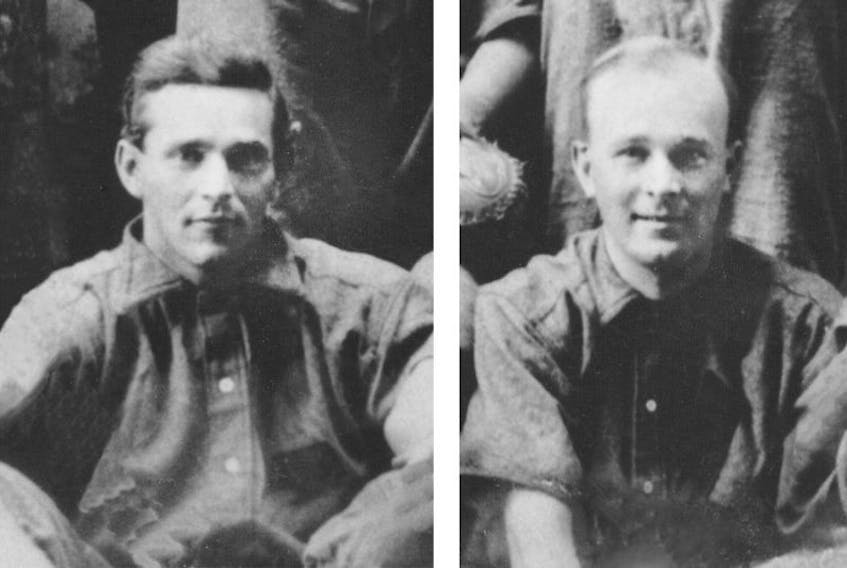
STORY CONTINUES BELOW THESE SALTWIRE VIDEOS
Sidney Crosby & Drake Batherson NS Showdown #hockey #halifax #sports #penguins #ottawa



